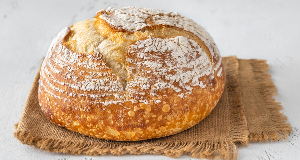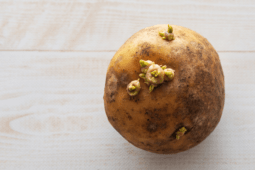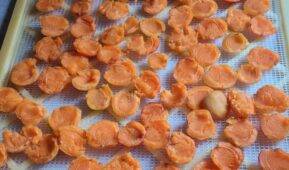This Type Of Vegetable Is Best Stored In Sand
When it comes to keeping vegetables fresh long after harvest, some methods are far more effective than others. One of the most traditional yet often overlooked techniques is storing certain vegetables in sand. It may sound old-fashioned, but it works! Root vegetables in particular keep surprisingly well in sand, for with the right setup, you can keep them crisp for months. Here’s how sand storage works and which vegetables benefit most from it.
Why Sand Storage Works So Well
Sand helps create a cool, dark, and slightly moist environment, which is ideal for slowing down spoilage in root vegetables. It insulates the produce from air and fluctuating temperatures, both of which speed up decay, sprouting, and/or the vegetable drying out. This technique mimics a root cellar, something very few of us still have these days. Thankfully, methods like this help up get the same effect of seasons-long freshness without needing to carve out a room in our basements.
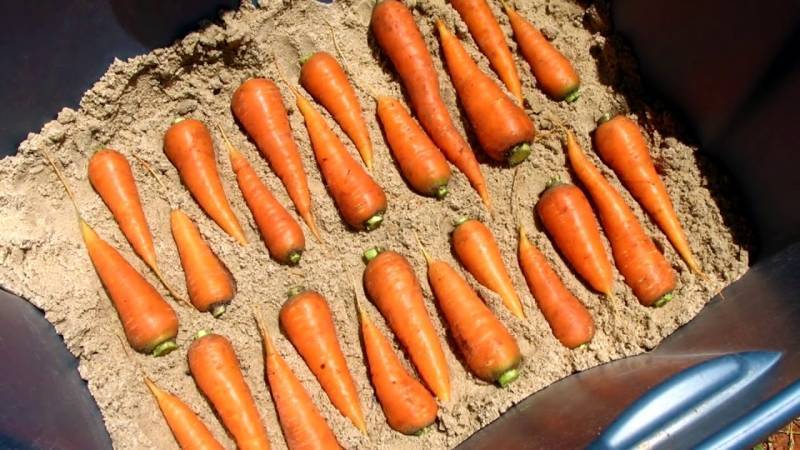
Beets
Beets do particularly well in sand, especially when their leafy tops are trimmed before storage. They’re sturdy by nature but prone to shriveling if left out. Sand maintains the moisture balance around them, preventing both soft spots and dryness. It also protects their deep color and flavor. Whether you use them for roasting or pickling, sand-stored beets keep their texture and taste even months after harvest.

Parsnips
Parsnips actually improve in flavor after being exposed to cold. Storing them in sand allows you to simulate this process while keeping them from drying out. The sand protects their roots while they sweeten over time. If you have an unheated garage or concrete crawl space, it can be a perfect location for this. When properly stored, parsnips stay firm and ready for soups and stews well into the colder months.
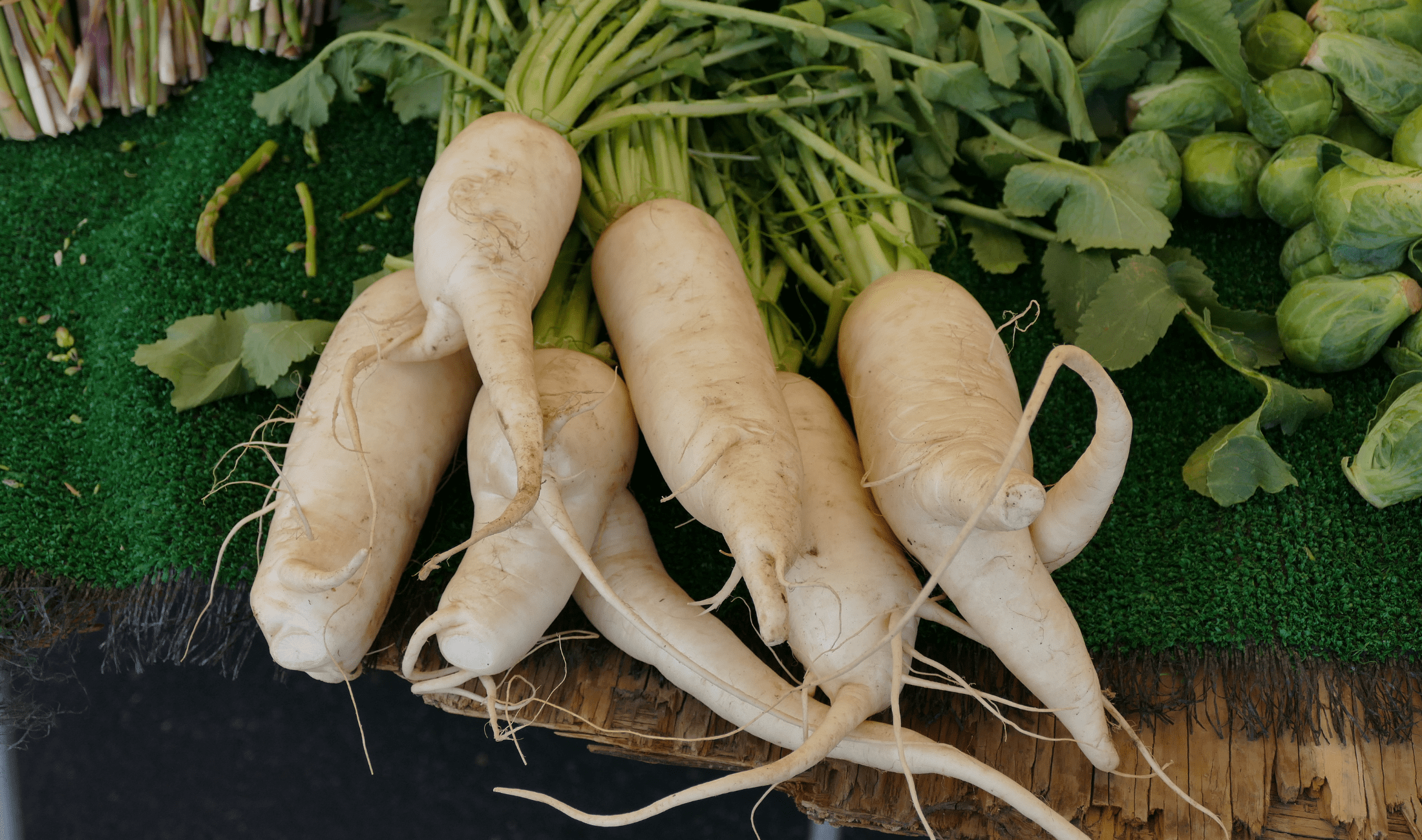
Carrots
Carrots are one of the most popular vegetables to store in sand. Their thin skins can dry out quickly if exposed to open air, but sand helps them stay hydrated without getting soggy. You can layer them horizontally or vertically in a bucket or wooden box, just make sure they don’t touch. As long as they’re kept in a cool, dry place like a basement or shed, sand-stored carrots will remain crisp well into winter.

Turnips and Rutabagas
Turnips and rutabagas can go soft quickly if left in a standard fridge drawer, but when packed in sand, they stay firm and usable much longer. They do well when fully matured before storage, as their skins help seal in moisture. By keeping them separated and fully surrounded by sand, you avoid mold and bruising, helping preserve their earthy, hearty flavor.
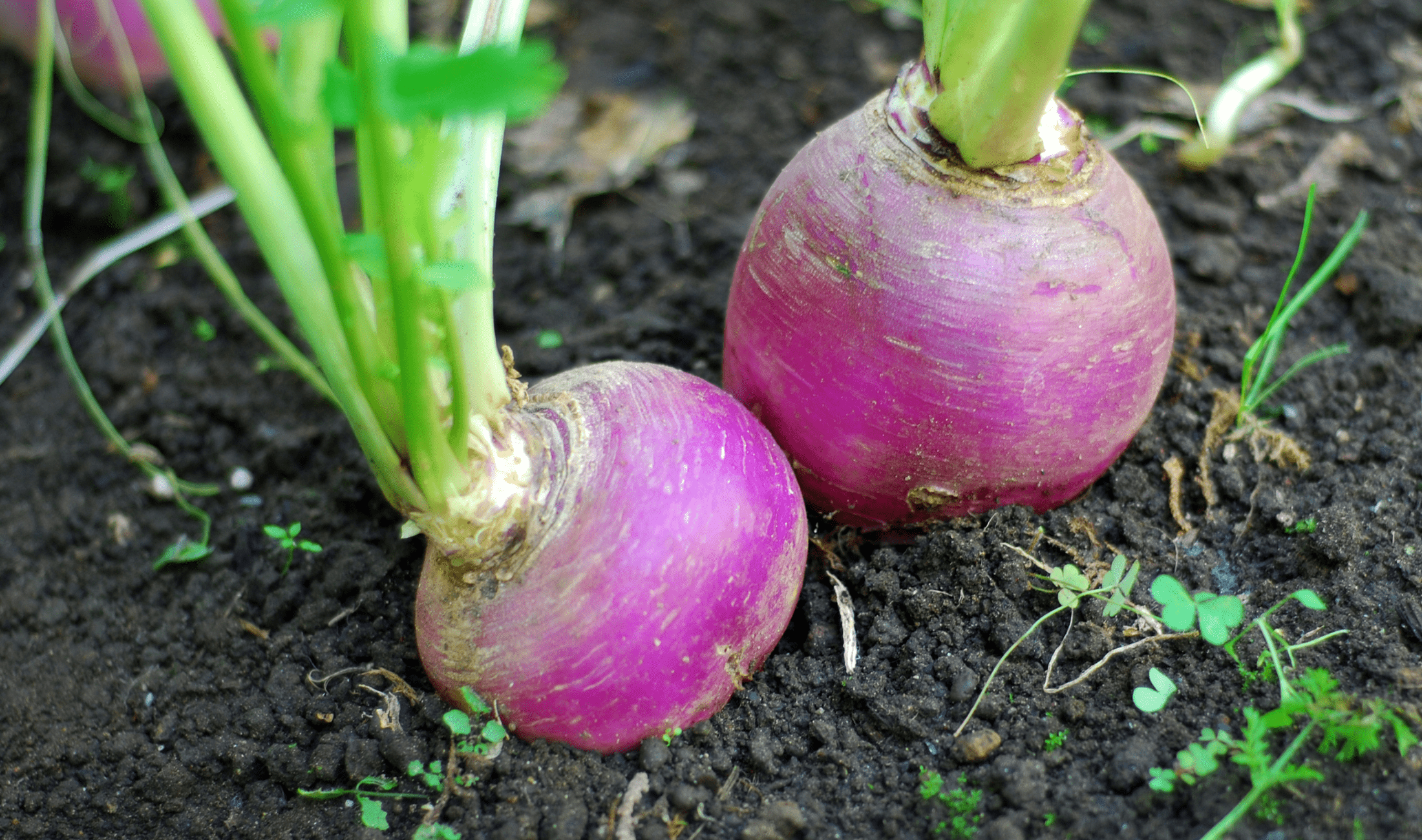
Potatoes (Kind Of)
Potatoes are another root vegetable that can be stored in sand, but they require more care. Unlike the others, they’re sensitive to excess moisture, which can lead to rot. If you choose this method, make sure the sand is dry and the area is well-ventilated. Check them occasionally for soft spots or sprouts. When done correctly, sand can be a good option for potato storage, especially for homegrown varieties.
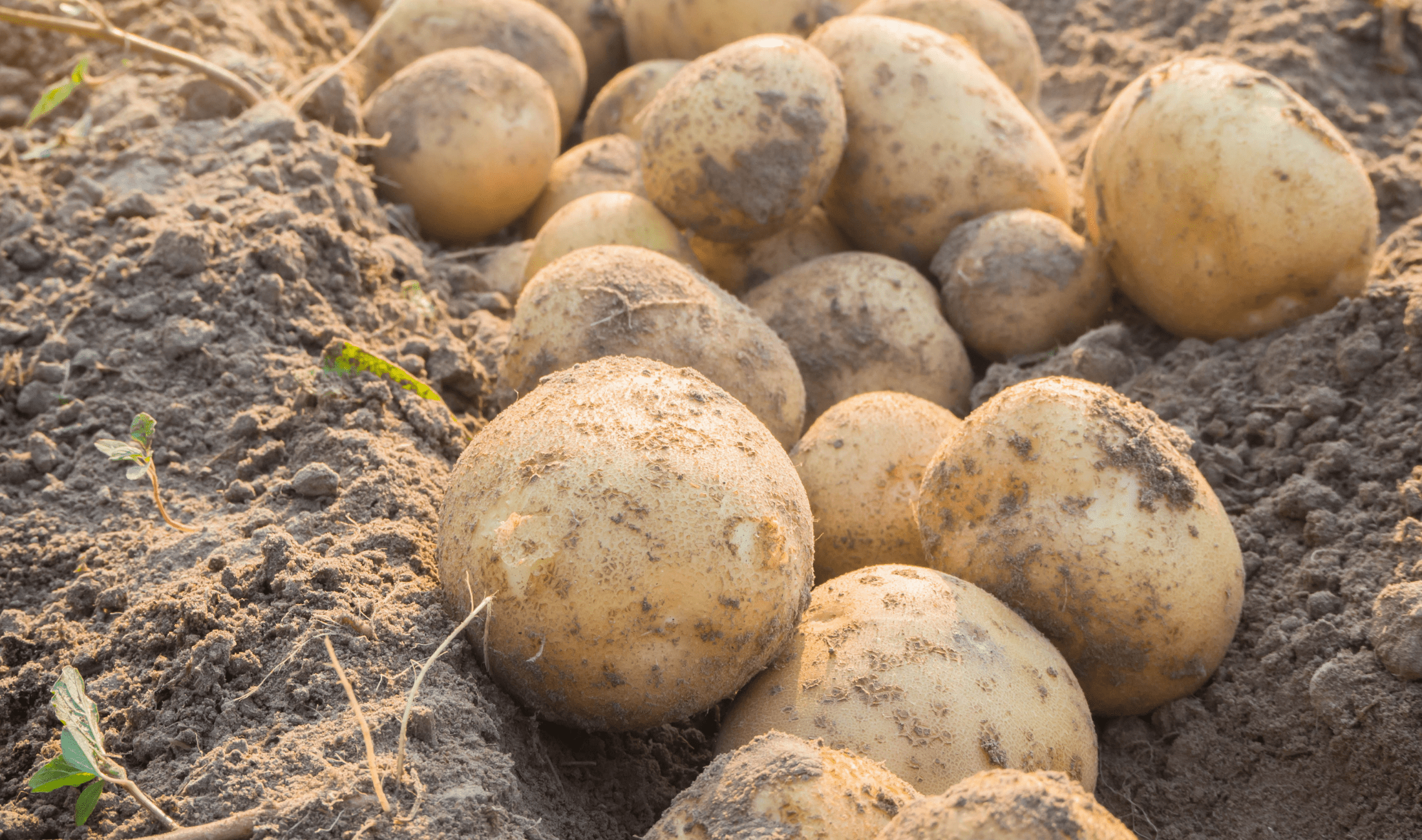
Related Articles
- The Easiest Vegetables to Grow In Your Garden
- Gross Storage Mistakes That Are Ruining Your Potatoes
- Plant These Herbs Near Your Tomatoes To Help Them Thrive
Storing root vegetables in sand is a practical, natural way to extend the life of your produce. It takes a bit of setup, but the payoff is worth it. With the right environment, you can keep carrots, beets, parsnips, and more in great condition throughout the off-season. It’s a simple method that brings the wisdom of the past into today’s home kitchen, helping reduce waste and make the most of every harvest.


